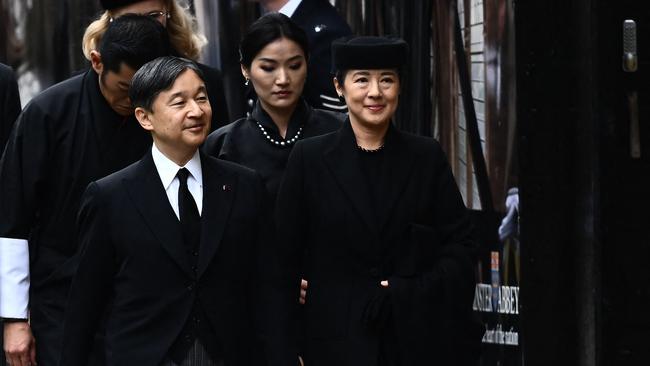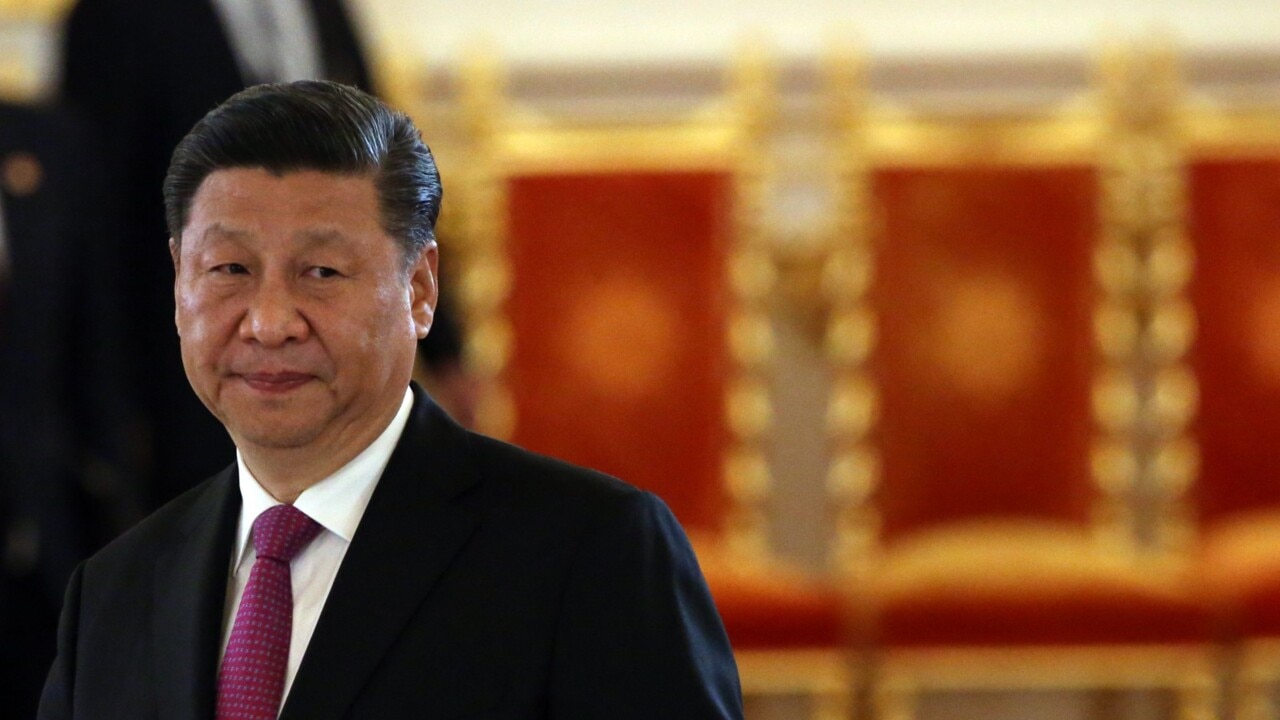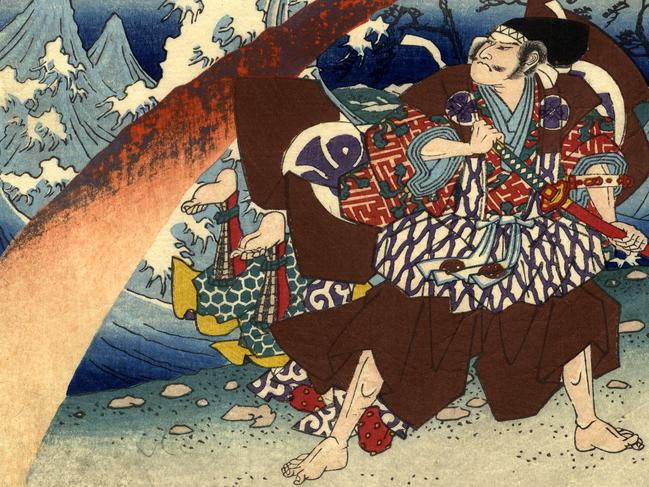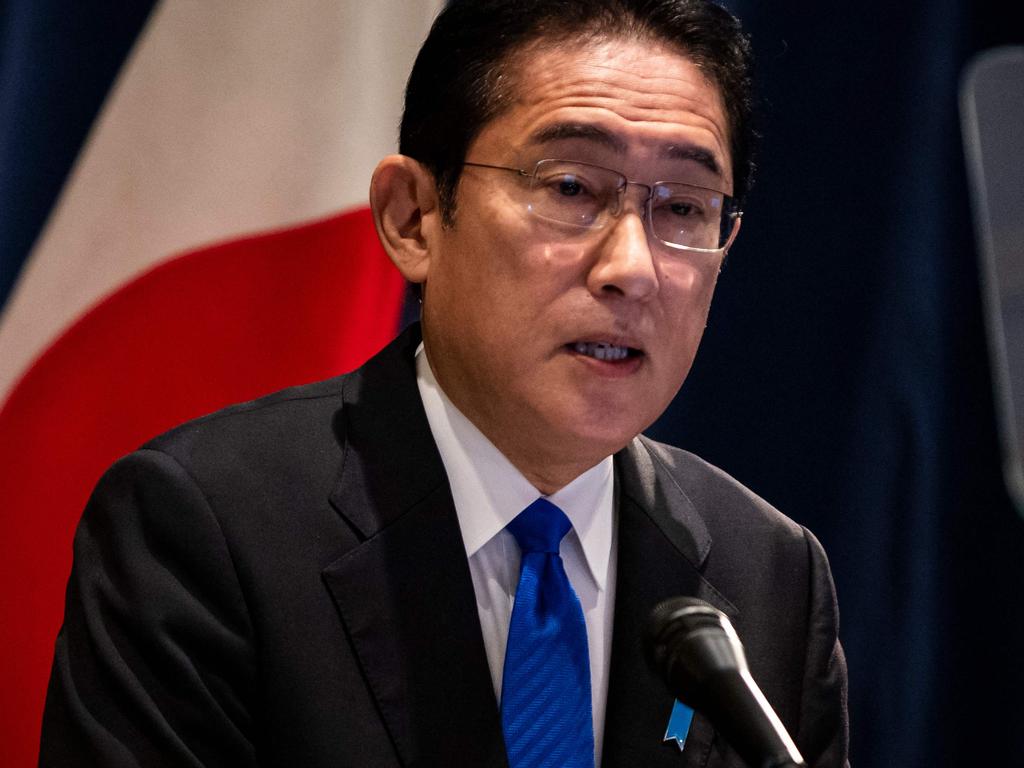
Tuesday is Valentine’s Day. There will be a gala event at the Japanese embassy to celebrate the 63rd birthday of Emperor Naruhito, though his actual birthday is February 23. Some 500 guests are expected.
It will be quite an occasion, a kind of “love-in”, less with the Japanese monarch in his own right than with the extraordinary country over which his lineal ancestors have reigned since the time of the fabled Emperor Jimmu, in the seventh century BC. It is about the bilateral relationship and the wider context of current geopolitics. Yes, it is the Emperor’s birthday, but behind the celebration lies the fact that Japan, Australia and the whole Indo-Pacific super-region stand at a crossroads of history.

Shinzo Abe, before he was assassinated last year, understood that and was a major player in initiating the Quadrilateral Security Dialogue to address the security dilemmas of the Indo-Pacific. Japanese ambassador Shingo Yamagami, who will host the party, is here to deepen his country’s relationship with Australia. The gathering is a deliberate, highly symbolic move in the dance between our two nations – and others. This ought to prompt us to look back over the long arc of Japanese history, in order to place the current geopolitical consultations in deep perspective, because that arc of history underlies the seismic movements causing earth tremors across the Indo-Pacific.
Geophysically, Hokkaido, Honshu, Shikoku and Kyushu are the core of the Japanese archipelago of 6852 islands. It sits along the western edge of a vast, horseshoe-shaped earthquake and volcanic zone, the Ring of Fire, running right around the Pacific Rim. It also runs along the coast of China and includes the disputed Senkaku Islands, Okinawa, the Ryukyus and Taiwan. Here the contest for supremacy in Asia is centred.
Here’s the arc. Japan has had verified human habitation for at least 30,000 years – about half as long as Australia. But Chinese chroniclers only “discovered” the archipelago less than 2000 years ago. They called it Wa. Famously, the Japanese call it Nippon, the Land of the Rising Sun.
Bronze Age and Iron Age states rose and fell until a central state arose and with it a monarchy, somewhere between the legendary Jimmu and the more reliable records dating from the fourth century AD. Naruhito is the lineal descendant of the emperors of that early era. Japan’s royal House of Yamato has seen almost as many changes over the centuries as the British monarchy and is much older. What is being celebrated on Tuesday is that it has survived all those changes and still remains, in the public eye, a symbol of Japanese tradition and cultural continuity, in an era of extraordinary technological, economic, social and geopolitical transformation.

Between the 12th century and the end of the 16th century, Japan was ruled in reality by a long series of warlords, the shoguns, feudal lords called the daimyo and elite warriors called samurai. The emperors hovered in the background.
As the Europeans took over the world, in the 16th century, Japan was riven by civil and foreign wars. The towering figure of that era was Toyotomi Hideyoshi (1537-98), samurai and daimyo, who rose from a peasant background to become supreme shogun.
He invaded Korea in the 1590s, and aspired even to conquer Ming China, but met with defeat. Following his death, his son and heir was defeated and replaced by the shogun Tokugawa Ieyasu, who set in place a policy of isolationism, lasting 250 years.
Early in that era, in 1643, Miyamoto Musashi, masterless samurai swordsman, wrote a work about martial skills, mind and mastery, called The Book of Five Rings, a classic on a par with Sun Tzu’s The Art of War. Classical Japan: Earth Scroll, Water Scroll, Fire Scroll, Wind Scroll, Emptiness Scroll. It pivots on shin-ken sho-bu, being in deadly earnest, literally using real swords.
In 1854, American Commodore William Perry sailed into Tokyo Bay, confronting the Tokugawa shogunate with an ultimatum: open up for trade or face colonisation. This triggered the single most remarkable exercise in boot-strapped modernisation outside the Western world, known as the Meiji Restoration.
Naruhito’s great-great-grandfather, Emperor Mutsuhito, the Meiji Emperor, guided by Ito Hirobumi, presided over political, economic and military modernisation from 1868. It turned Japan into one of the world’s acknowledged great powers – and one as ambitious and purposeful in its development of colonies, in Taiwan, Korea and Manchuria, as any Western colonial power.
Naruhito’s grandfather, Emperor Hirohito, who reigned from 1926 until 1989, presided, of course, over a concerted attempt by Japan to expel the Western powers from Asia and carve out a vast empire of its own. That ended in cataclysm. Yet, in its wake, the monarchy, still under Hirohito, not only survived but adapted to a new course and saw the country rise phoenix-like from the ashes to an unparalleled era of prosperity.
All this sweeping, dramatic and portentous history and our current dilemmas are the deep meaning of the Emperor’s birthday party. Shin-ken sho-bu, Yamagami-san.
Paul Monk is a former head of the Japan and Koreas desk and then the China desk in the Defence Intelligence Organisation.






